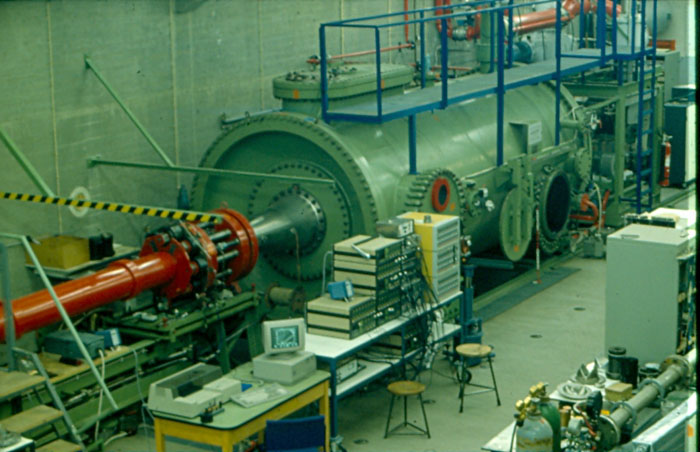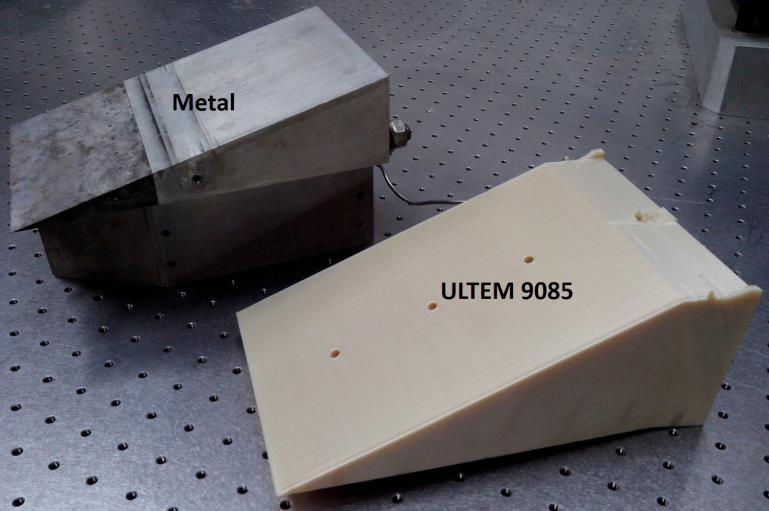The 21st AIAA International Space Planes and Hypersonics Technologies Conference took place this week in China, and a number of 3D printing related research papers were presented. Researchers from Brazil discussed their interesting use of 3D printing for hypersonic shock tunnel research.
Hypersonic is a term relating to supersonic speeds of mach 5 (6174 kmph/3836 mph) or higher. This multidisciplinary academic event was a chance for groups from across the globe to showcase their latest research and share ideas. In addition to this paper from Brazil, a number of other papers were presented that involved 3D printing technology.
The conference was held at the Science and Arts Center, University of Xiamen, and involved notable attendees from the United States’ Air Force Research Laboratory, the Brazilian Aeronautics Institute of Technology, and the Russian, Central Aerohydrodynamic Institute, known as TsAGI.

‘3D Prototyping Model Design for Experimental Investigation in Hypersonic Shock Tunnel’
The Brazilian researchers presented their paper on how they used 3D printing for prototyping in their hypersonic shock tunnel research. A hypersonic shock tunnel is, essentially, a wind tunnel for simulating the air flow on space planes as they reenter earth’s atmosphere. They intended to utilize 3D printing for its advanced flexibility and creative possibilities. They explain their objective as to,
Compare the conception and design of a 3D rapid prototyping model to the conventional machining model, showing the advantages and disadvantages of each process and the benefits that 3D prototyping can bring to manufacture models to be tested in hypersonic shock tunnel.

The scientists found, through using their Stratasys Fortus 900 machine, that 3D printing with was an enabling research tool. The prototyping models were created in FDM and as a result they were able to modify the original metallic design.
Their research will be used by the Brazilian Air Force High Command who are currently exploring, “alternative hypersonic technologies for safe, cheap and eco-friendly access to space.”
The paper has been published in Aerospace Research Central and showcases how 3D printing can advance research in this field.

possible to be made by conventional machining.” Image via Aerospace Research Central.
3D printing enabling hypersonic
While this is an example of researchers making use of 3D printing for prototyping, other developments have focused on more functional use of the technology for hypersonic flight.
Imperial College London hypersonic flight research looks at how 3D printed ceramics could handle the extreme heat factors associated. Using a ceramic matrix composite (CMC), they studied the material to create components at the tip of the hypersonic aircraft where the the highest temperatures occur.
Similarly, the British Bloodhound supersonic car project is attempting to break the land speed record using 3D printing in its development. Fellow Britons, Reaction Engines, used 3D printing in creating their SABRE engine with the goal of hypersonic flight.
Sign up to the 3D Printing Industry newsletter for the latest news on 3D printing in the aerospace industry and follow us on twitter.
Featured image shows the Lockheed Martin SR-72 concept vehicle. Image via Lockheed Martin.


